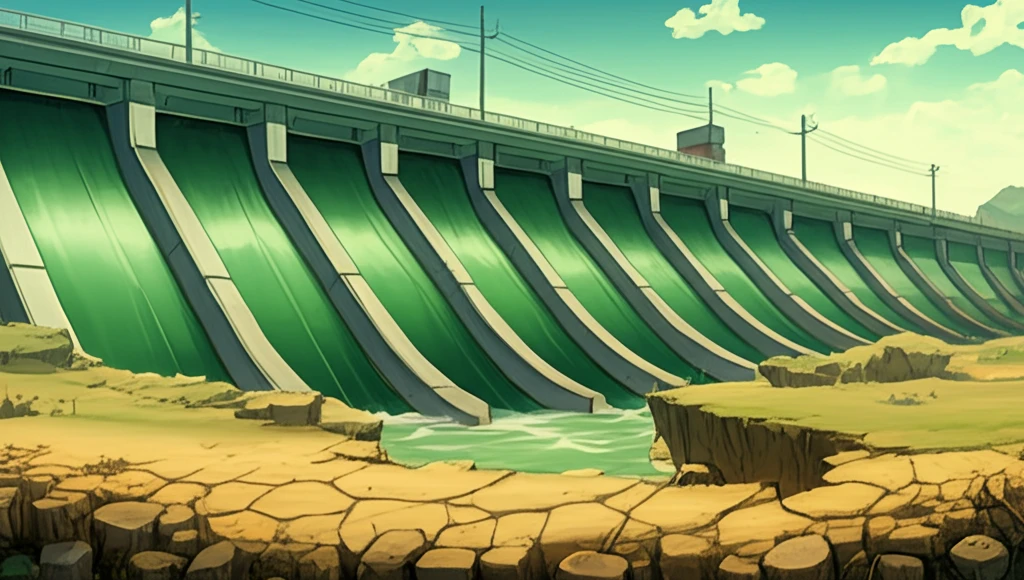
Rubber Dams: The Unsung Heroes of Water Conservation?
"Explore how inflatable rubber dams are reshaping water management, offering sustainable solutions for an increasingly thirsty world."
Water scarcity is a growing global challenge, with conflicts over water resources predicted to intensify in the coming years. As former United Nations Secretary-General Boutros Ghali warned in 1985, "the wars in the future are likely to be fought over water." This prediction underscores the urgent need for innovative and effective water management solutions.
Traditional methods of water conservation are often insufficient to meet the demands of a growing population and the impacts of climate change. Many countries in the Middle East, Africa, and Asia are already experiencing the harsh realities of water scarcity, leading to social unrest and migration. Finding ways to conserve and manage water effectively is crucial for ensuring a sustainable future.
One promising solution is the use of rubber dams. These inflatable structures offer a flexible and cost-effective way to manage water resources, providing numerous benefits for irrigation, flood control, and environmental protection. Let's dive into the world of rubber dams and see how they're making a difference.
What Are Rubber Dams and How Do They Work?

Rubber dams, also known as inflatable dams, are long, tubular-shaped structures made of fabric coated with rubber. They're typically installed across channels and streams to control water flow, create reservoirs, and divert water for various purposes. Since their introduction in the mid-1950s, rubber dams have become a popular choice for water management due to their versatility and cost-effectiveness.
- Air-Filled Rubber Dams: These dams are inflated with air and are commonly used in channels and streams to store water or divert it for irrigation. They are economical because they don't require high-cost water pumps or extensive concrete foundations.
- Water-Filled Rubber Dams: These dams are filled with water for stability. While they may have higher operational costs due to the longer inflation and deflation times, they offer enhanced stability and control over water levels.
- Bookend Rubber Dams: These dams feature a fin that forms a rising angle after inflation, reducing vibration and abrasion. They provide excellent lateral tension and resistance against dirt and sediment.
- Shield-Type Rubber Dams: These dams integrate the structure of traditional steel dams with a rubber bladder, providing a robust and durable solution for water management.
The Future of Water Management: Rubber Dams Leading the Way
As the world grapples with increasing water scarcity and the impacts of climate change, innovative solutions like rubber dams are becoming essential. Their cost-effectiveness, versatility, and environmental benefits make them a valuable tool for water management. By investing in and implementing rubber dam technology, we can enhance irrigation, prevent floods, and ensure a more sustainable future for all.
